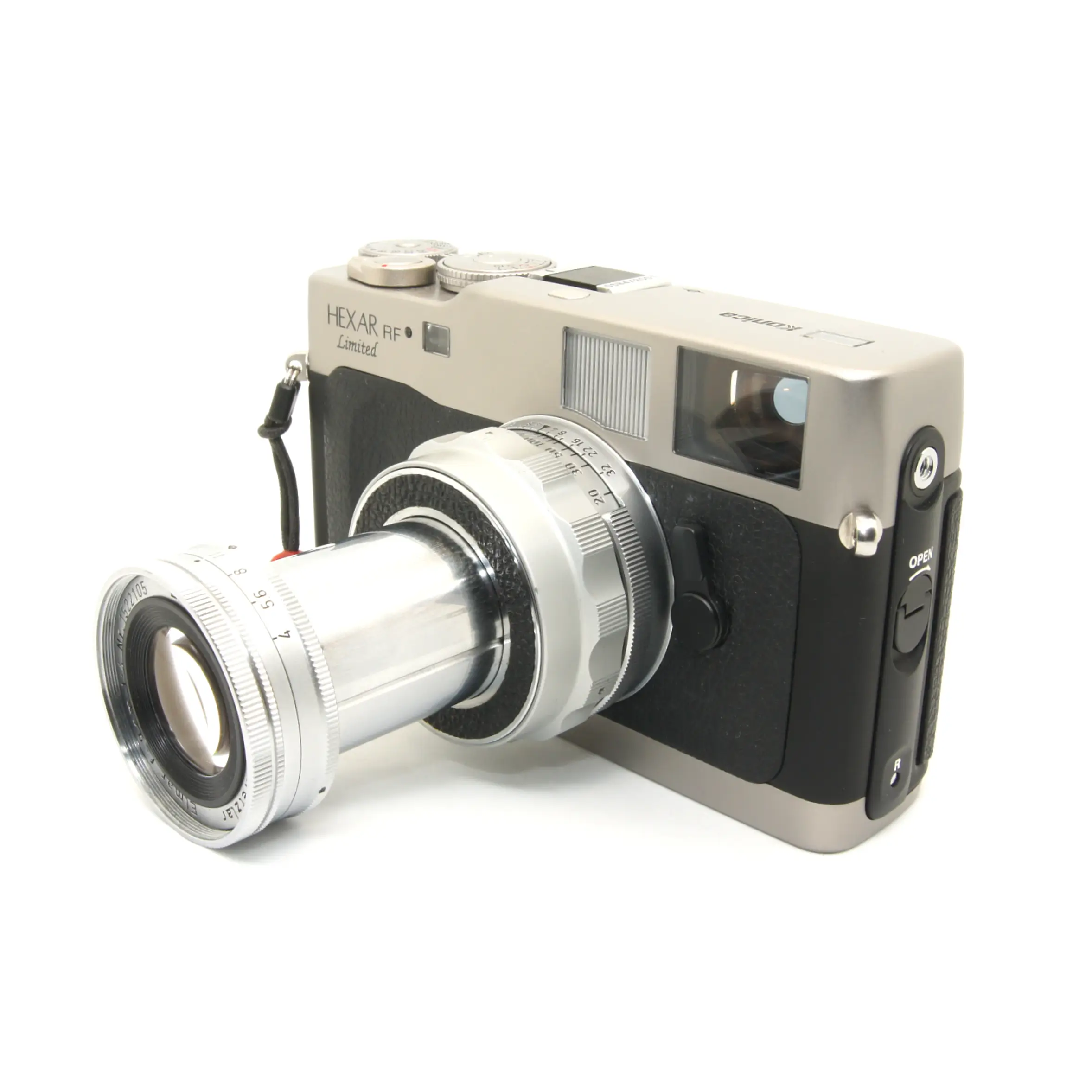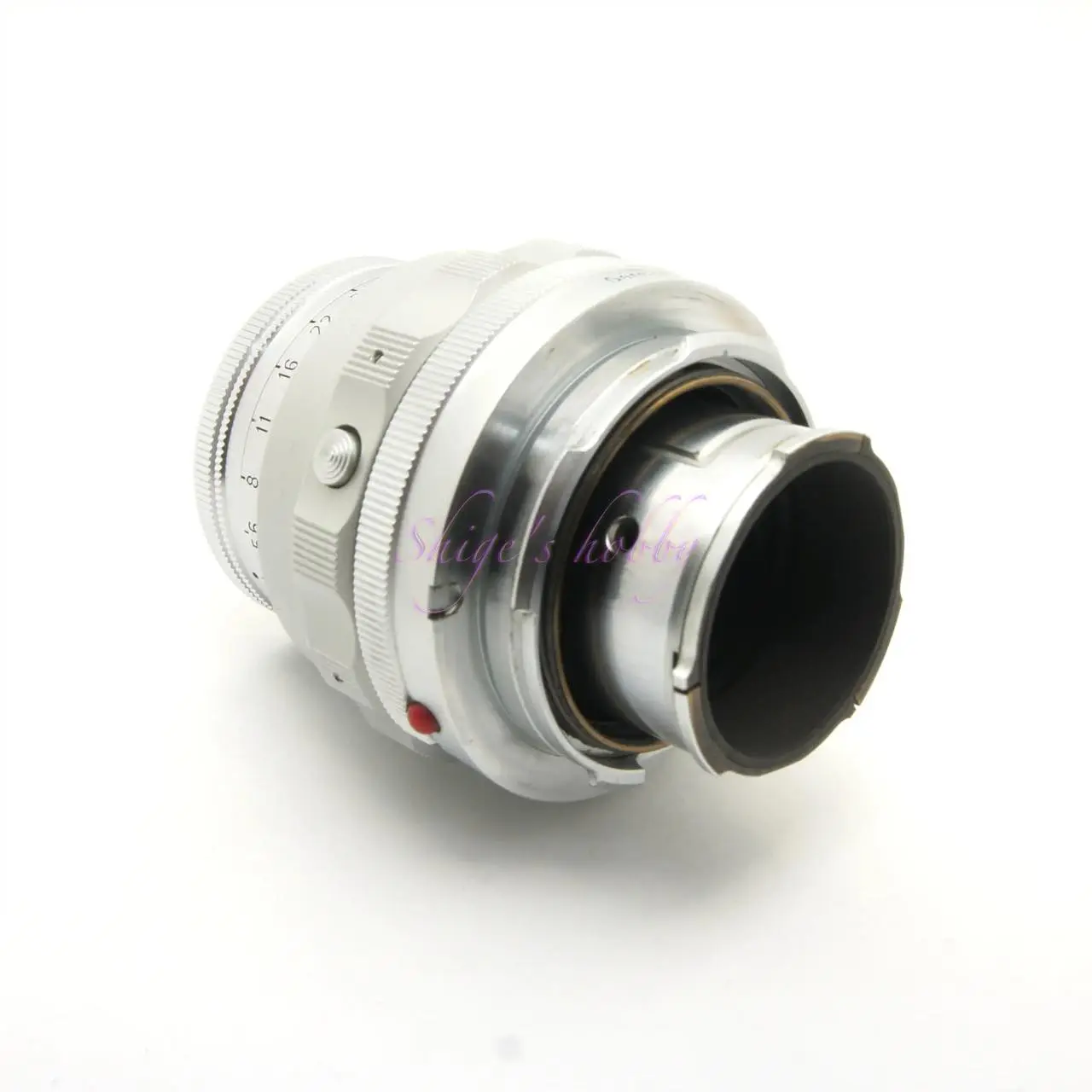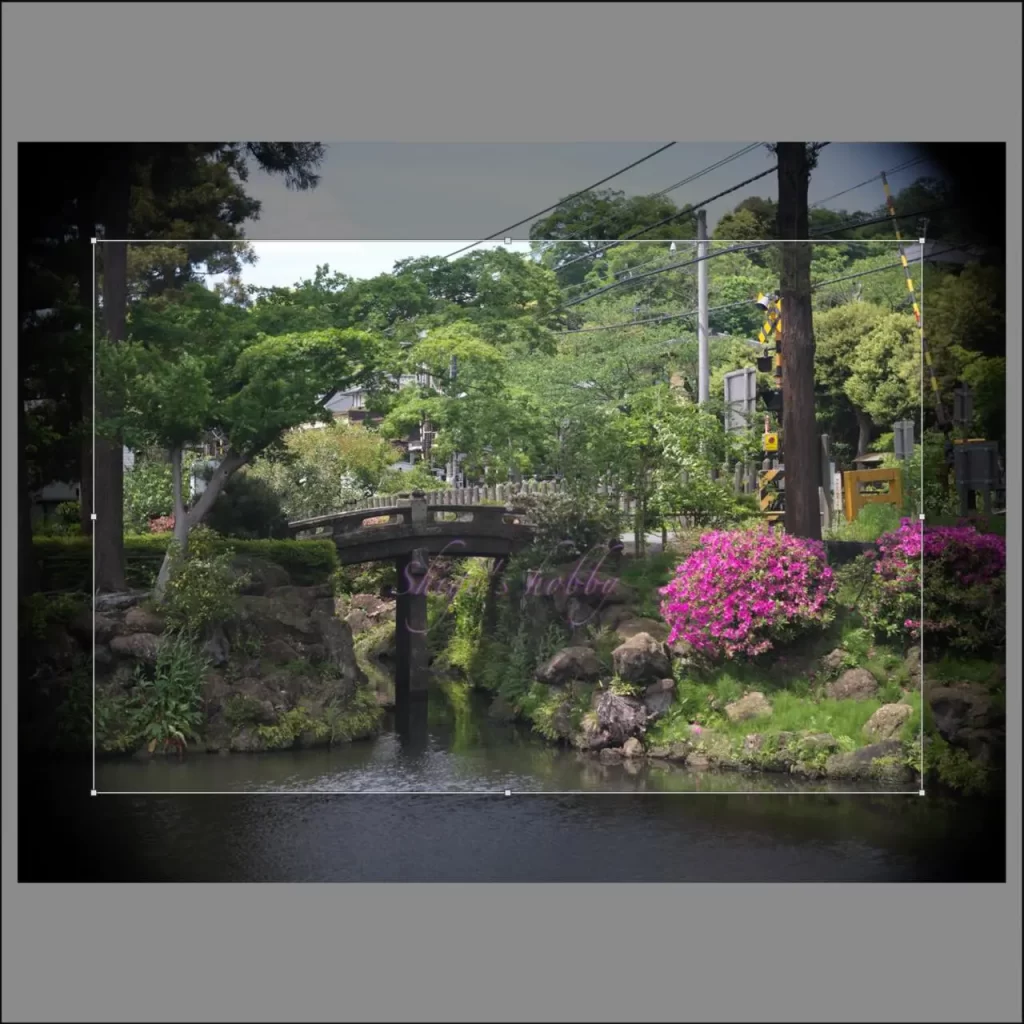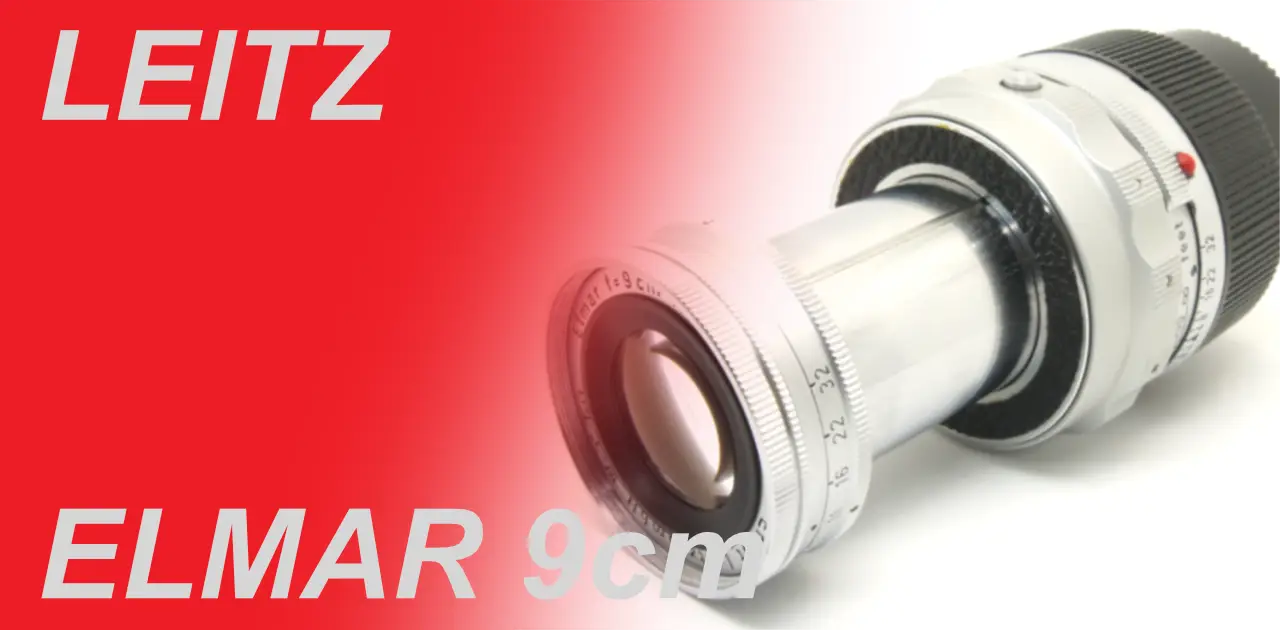A review and photo examples of the LEICA ELMAR 9cm F4.
- Please see the disclaimer regarding advertising here.
- Italicized links in the text are advertisement links that take you to other sites.
Table of contents
Gallery
The sample photos were taken with Sony α7Sii, HEXAR RF LIMITED +FUJIFILM 400 and HASSELBLAD X2D-100C
Review


1.Overview
The retractable Elmar 9cm is a Leica M-mount telephoto lens with a focal length of 90mm that was released in 1954 at almost the same time as the Leica M3.
It is said that the lens is named 9cm because the units used in Germany at the time of manufacture were the cgs system of centimeters (length), grams (mass), and seconds (time). Nikon’s old S-mount lenses also use centimeters, so 9cm and 90mm have the same meaning.
The lens consists of 3 groups and 4 elements, with 10 aperture blades, and a minimum shooting distance of 1m.
When the focus ring is turned toward the closer focus position, the sleek silver lens barrel extends out. When the minimum shooting distance is 1m, the lens barrel extends forward by about 10mm.
The Leica M3 only has a 50mm viewfinder frame, so the composition was set using an external viewfinder. On the other hand, the Leica M3 has the highest viewfinder magnification of 0.85x among all M-type Leica cameras, so it was probably possible to focus this 90mm lens with a reasonable degree of accuracy.
The focus ring has a lock button to lock the lens at infinity.
2.Usability
With a focal length of 9cm, the M-type Leica’s double image overlap focusing method can be a cause for concern about the accuracy of the focus, but when using the EVF of the mirrorless digital camera, Sony α7Sii, there was no need to worry about the focus position due to the focus magnification function. The camera body’s image stabilization mechanism allowed me to take pictures without worrying about camera shake, which is a problem with telephoto lenses.
In contrast, the film camera I used was a Hexar RF, a camera designed primarily for wide-angle lenses with a viewfinder magnification of 0.6x, so I had some trouble adjusting the focus. For the example photos, I selected photos that were reasonably in focus.
There were no major breakdowns in the depiction with either the digital camera or film shooting, the resolution of the focal plane was sufficient, and the foreground and background blur was not unpleasant. The minimum shooting distance was 1m, which is standard for a lens with a focal length of 9cm, and with a mirrorless digital camera, it is possible to shorten it by using an extension helicoid.
All of the examples with the α7Sii were taken in macro using an extension helicoid.
As you can see from the exterior photo, the lens has an aperture ring at the tip of the lens and a focus ring at the base of the lens, and they are quite far apart, so if you try to change the aperture while focusing, you have to take your camera out of the frame and then change the aperture, which is not very easy to use.
The retractable mechanism moves smoothly through the grooves engraved on the lens barrel and the protrusions of the helicoid, allowing you to retract the lens very comfortably.
However, depending on the camera, when the lens is retracted with the lens attached, it interferes with the camera’s metering equipment, the film box wall, and the sensor box wall, so even though it becomes somewhat more compact when retracted, you may not want to retract the lens when attached to the camera.
The sticky helicoid of the manual focus does not extend naturally under its own weight, even without a lock button, so it is not a very useful piece of equipment.
Because it is an old lens, many of the lenses are already cloudy, and the lens I have is also cloudy. However, as you can see from the sample images, it does not affect the image unless there is a lot of backlight.
When used with the HASSELBLAD X2D medium format digital camera with a sensor size of 44mm x 33mm, the image sync is insufficient for the 44 x 33mm medium format sensor when shooting with the sky in the photo below left, but is fully usable when the periphery is obscured as in the photo below right. Both shots were taken at full aperture, but the sharpness of the image in the focused area was excellent, fully satisfying the 100 million pixels.
The Hasselblad X2D does not have a mechanical shutter on the camera body, so it is shot with an electronic shutter.
By using a Leica M mount lens to Fujifilm GFX G mount conversion adapter, it should also be possible to use it with Fujifilm’s medium format digital cameras, the GFX series.

3.Summary
In conclusion, to sum up the retractable Elmar 9cm, it is a lens that can fully utilize the capabilities of a 35mm full-frame sensor because it has a wide image circle and depicts images clearly even at the periphery.
The lens I owned had an aperture ring that was moderate and did not turn unnecessarily, and the focus ring had just the right amount of torque, making it an easy lens to operate.
Specification
| Items | Elmar | Elmarit | Summicron |
| Focal length | 9(cm) | 90(mm) | 90(mm) |
| Max aperture | 4 | 2.8 | 2 |
| Min aperture | 32 | 22 | 16/22 |
| Aperture blade | 10 | 12 | ← |
| Lens Construction成 | 4 elements in 3 groups | 5 elements in 3 groups | 6 elements in 5 groups |
| Min distance(m) | 1 | 1 | 1 |
| Lens length(mm) | 79 | 94 | 110 |
| Lens Max diameter(mm) | 52 | 53 | 66 |
| Filter Size | E39 | E39 | E48 |
| Lens hood | IUFOO | IUFOO | 組み込み |
| Lens Mount | M | M | M |
| Weight(g) | 335 | 330 | 660 |
| Release date | 1954 | 1958 | 1957 |
Reference links
- Leica Wiki ELMAR 9cm F4
- Classic Camera Selection 19: How to Identify Leica Lenses (Asahi Sonorama) – Amazon Affiliate Link
- This book describes the specifications and the differences in specifications, but does not mention lens depiction.
- The appendix includes a diagram of the lens construction.
- Leica Lenses (Shashin Kogyosha) – Amazon Affiliate Link
- The retractable Elmar is reviewed by Mr. Makoto Yoshino on page 114.
Update history
- 2024.12.20
Affiliate link
- Please see the disclaimer regarding advertising here.
- Italicized links in the text are advertisement links that take you to other sites.

Amazon Prime Sale



Be First to Comment